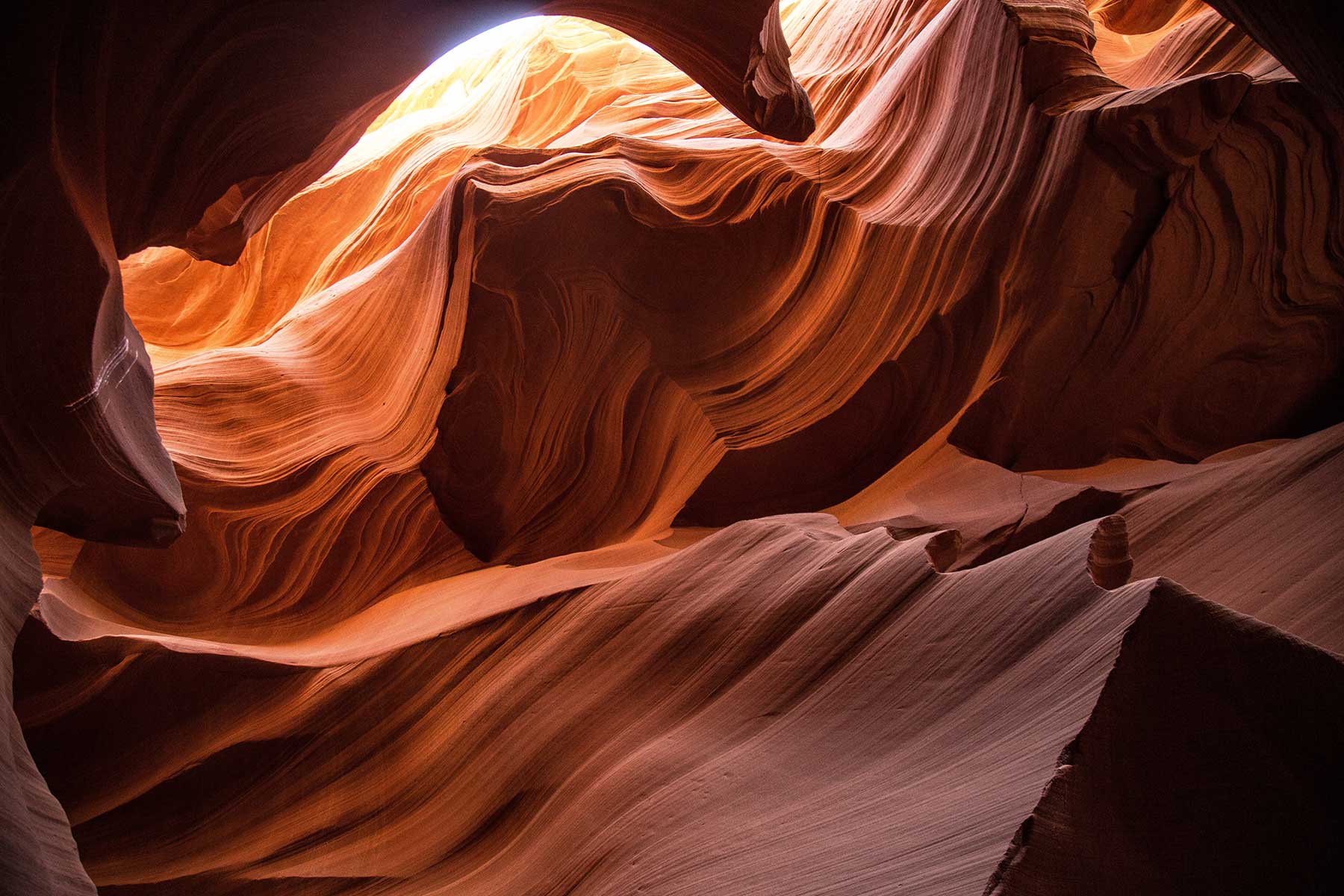Jan. 2024 UGA Luncheon - Dr. James Kirkland
- Calendar
- Luncheons
- Date
- Jan 08, 2024 11:30 am - 1:00 pm
- Registration Link
- https://utahgeology.org/index.php?option=com_civicrm&task=civicrm/event/register&reset=1&id=36
Description
DAWN OF THE CRETACEOUS IN EASTERN UTAH
James I. Kirkland, State Paleontologist, Utah Geological Survey
Over the past thirty years exploration of the terrestrial Mesozoic section in Utah has resulted in amore than fivefold increase in the known species of dinosaurs. A highly resolved temporal and sequence stratigraphic framework for these strata is facilitating the utility of these newly discovered dinosaur assemblages in geological, evolutionary, paleoecologic, and paleogeographic research. This is particularly true for the Lower Cretaceous Cedar Mountain Formation of Utah. Local subsidence due to salt tectonics in the northern Paradox Basin is responsible for this region of eastern Utah preserving a series of basal Cretaceous dinosaur faunas known nowhere else in North America documenting the last paleobiogeographic connections across the proto North Atlantic with Europe for the first 22 million years of the Cretaceous. The Berriasian and Valanginian faunas of the Yellow Cat Member for the first time reveal that there was a major extinction of dinosaurs at the end of the Jurassic in both Europe and North America. Additionally, following the deposition of the Poison Strip Member, there was amedial lower Cretaceous extinction near the base of the Aptian stage. Aptian age strata in the lower Ruby Ranch Member in the Paradox Basin and Albian age strata in the upper Ruby Ranchwest of the San Rafael Swell document the beginnings of the eastern foredeep basin resulting from the Sevier orogeny. Across both regions, the Ruby Ranch Member preserves a unique dinosaur assemblage spanning the last 20 million years of the Early Cretaceous indicating that North America was a largely isolated island continent. During the transition into the Late Cretaceous, the Mussentuchit Member of the western San Rafael Swell records the first immigration of Asian dinosaurs into North America and the last occurrences of a number of endemic North American dinosaur lineages documenting the origins of North America’s Late Cretaceous dinosaur fauna.
To be held in the Utah DNR Auditorium 1594 W. North Temple, SLC, UT




